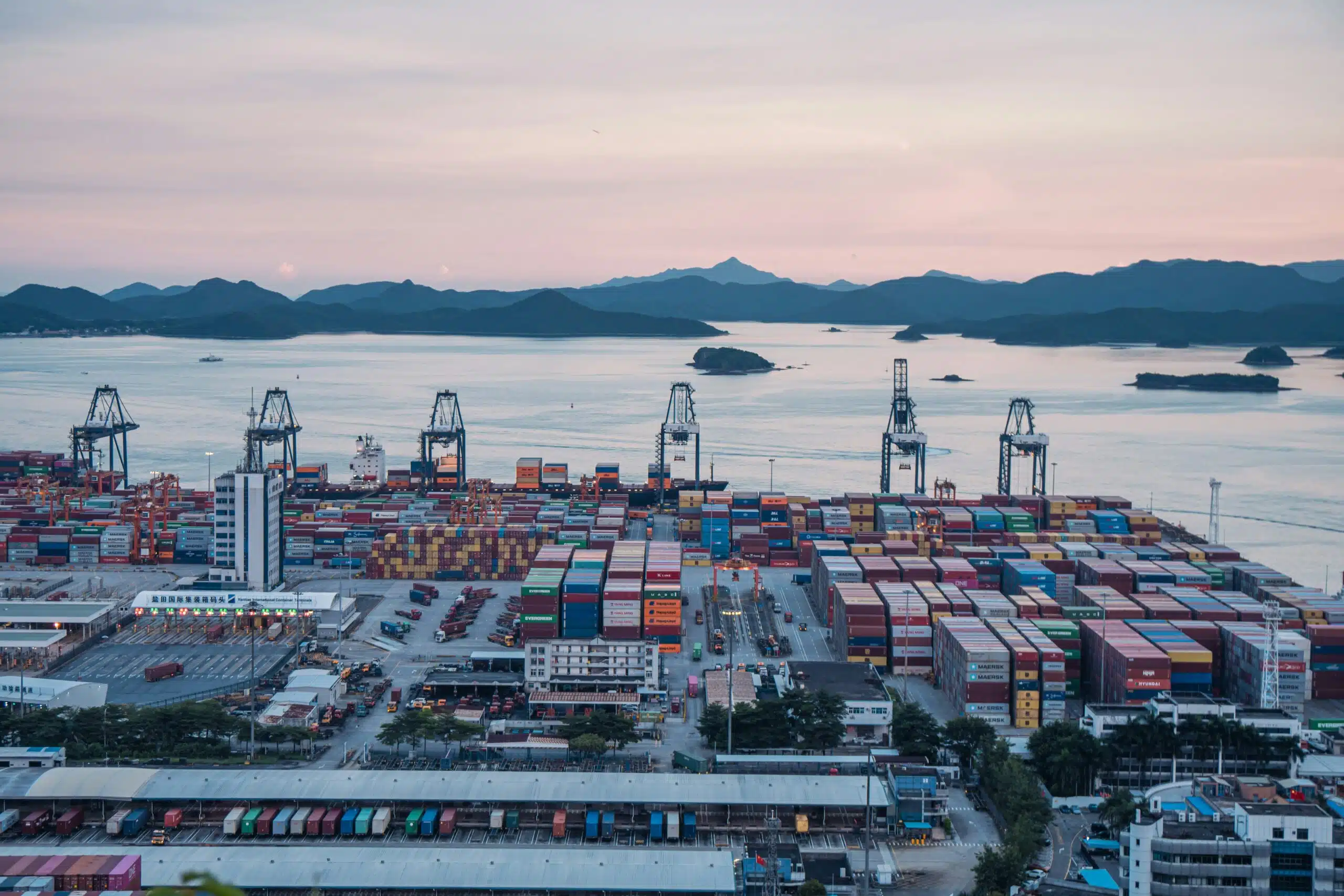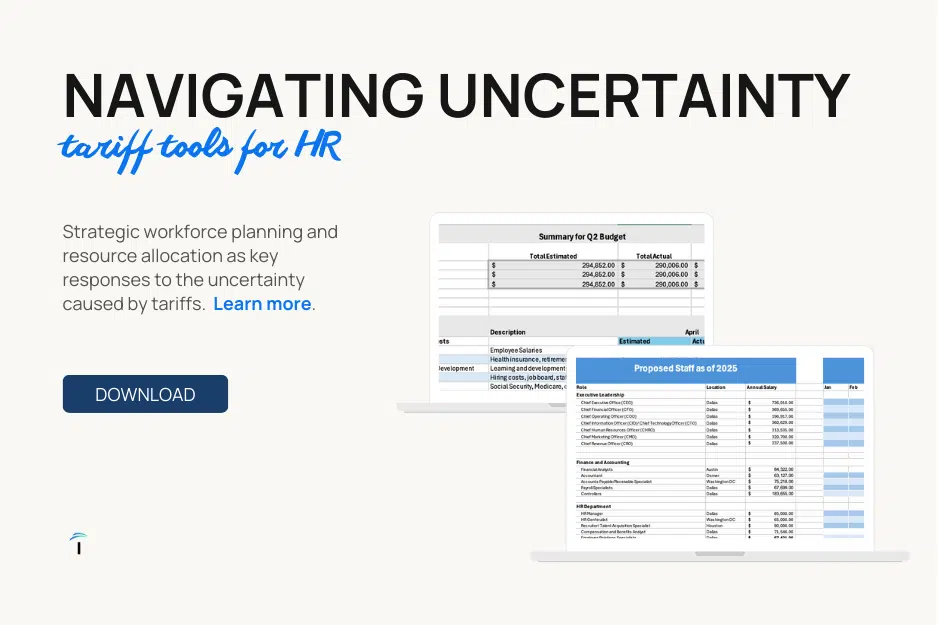
When Will U.S. Consumers Feel China’s Tariffs?
Prior to the reduction in tariffs announced on Monday, China’s share of imports to the U.S. had fallen to their lowest point in 20 years—lower even than during the coronavirus pandemic. After reaching a peak in 2017 and 2018—when over 20% of all goods imported to the U.S. came from China—new data revealed that China was now responsible for only 11% of all imports to the U.S.
Driven by the 145% tariff rates, trade with China has taken a significant hit. U.S. retailers paused imports from the Asian country, sought alternative sourcing options, and reconstructed their supply chains to dodge the prohibitively high rates. With newly announced tariffs down to 30% for 90 days, it remains to be seen how quickly businesses will resume their imports—and if they will quietly continue pursuing Chinese alternatives in the meantime.
Image from The New York Times
American consumers have yet to feel the effects of the slowdown of trade with China, but empty ports indicate that consumer pain may be just around the corner.
How long does it take for goods coming from China to arrive in the U.S.?
It takes about 20-40 days for a container ship to reach U.S. shores from China, and then up to 10 days for products to reach their end locations. Since the 145% tariffs went into effect in early April, ports only began to see tariff-induced slowdowns in the last days of the month.
The San-Pedro Bay port complex, which houses both the Port of Los Angeles and the Port of Long Beach, has been, historically, the busiest port in the Western hemisphere. The two ports are responsible for handling 40% of all goods entering the U.S. via shipping container.
But that changed in April and early May. Despite the now-lowered tariff rates, American consumers will still see a dropoff in Chinese goods in the coming weeks as a result of the 145% tariffs.
Import volumes at the Port of Los Angeles for the first full week of May were projected to fall over 30% from the previous year, and down nearly 12% from the previous week. For this week, projections showed a 13% decrease in import volume from the previous year.
The port’s executive director, Gene Seroka, told The New York Times that 25% of the ships scheduled to dock at the port in May cancelled because they simply didn’t have enough products to ship to the U.S., largely because of the decrease in trade with China.
Former Los Angeles harbor commissioner, Diane Middleton, told The Guardian in no uncertain terms that the west-coast port slowdowns will be felt nationwide.
“One way or the other, cargo that comes in here goes to all 435 US congressional districts. Everyone in the US will feel this,” Middleton said.
The top goods the U.S. imports from China impacting consumers?
Cellphones, laptops, toys (like Tonka trucks and Care Bears), batteries, and telecom equipment.
For more on what goods will be impacted by tariffs watch the video above by CBS Money Watch.
Some goods, even if they’re made in the U.S.A., require Chinese resources. Chinese imports, like minerals and magnets, are critical for U.S. manufacturers.
U.S. retailers had been stockpiling goods: The New York Times reported that, according to the Institute for Supply Management, U.S. inventories are the highest they’ve been since 2023.
Some experts say these inventories could last for 3 to 6 months, meaning that, for some products, U.S. consumers might not see eye-watering prices just yet.
According to prognosticators at The New York Times, consumers could start seeing empty shelves or higher prices by the end of May, given the slowdowns at the ports caused by the 145% tariffs.
What does the 90-day pause mean for consumers?
While the stock brokers are breathing a sigh of relief, others are maintaining a more cautious attitude.
Trade experts say that 90 days is a short timeframe for brokering a trade deal between the world’s two largest economies with a mountain of complicated (and contentious) trade-related issues to discuss. There’s no guarantee that the U.S. and China will have reached a settlement by August.
“Similar negotiations typically take well over one year,” vice president of the Asia Society Policy Institute, Wendy Cutler, told The New York Times.
Still, the 90-day pause has caused American businesses to begin importing goods from China again. It takes roughly a month for goods shipped from China to reach consumers or businesses, so Americans should start seeing these Chinese goods—complete with a 30% markup in some cases—in stores by mid-June.
Higher prices for consumers could drive down demand. Sticker shock on non-essentials like extra toys or a new phone might be enough to keep consumers away from buying—especially if they think the U.S. might reach a more favorable deal in a few months’ time.
Sheroka, the executive director of the Port of Los Angeles, told The New York Times that it’s unclear how consumers will react.
“I don’t think based on consumer sentiment, consumer confidence, people are willing to jump in right away and say: ‘OK, this is really great. Let’s get going.’”
Indeed, consumer uncertainty is higher than it was in the earliest days of the pandemic in March of 2020. With confidence at an historic low, a 3-month reduction in tariffs might not have the invigorating effect on the economy that some would hope.
With consumer confidence low, maintaining high business confidence becomes critical to avoiding a recession.
Dr. Kara Reynolds, an economist at American University, told ABC News:
“If both businesses and consumers start to worry and pull back their spending, that is what can tip the U.S. over into a recession.”
Glimmers of hope?
In early May, the U.K. reached a trade deal with the U.S., successfully lowering tariffs on U.K. automobiles from 27.5% down to the original 10%.
Eliminating tariffs on Chinese goods altogether doesn’t seem to be on the U.S. agenda at the moment, but a reduction to 10% would have a significant impact for U.S. businesses who import goods, parts, and rare minerals.
Additionally, data from the Port of Los Angeles shows strong numbers for the third week of May—total units imported are projected to be up nearly 28% over the previous week and up 66% over this week last year.
The reason for this increase is unknown: perhaps businesses that source their products from China had already found workarounds, shipping Chinese goods to other countries before finally bringing them to the U.S.?
Much remains to be seen, but the Trump Administration’s decision to dramatically lower tariffs with China signals a desire to continue the U.S.-China trade relationship.
De-escalating the trade war will be complex, and they’ve only got 90 days on the clock. Given the time pressure, both countries may be forced to make concessions they wouldn’t normally consider to pull their enormous economies back from the brink.
—
The information contained in this site is provided for informational purposes only, and should not be construed as legal advice on any subject matter.

Advice in Your Inbox
Join our newsletter for free bi-monthly toolkits and downloads on how to hire, support, and retain your best talent.









